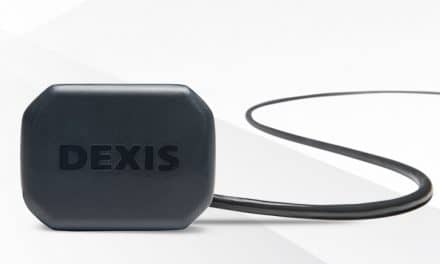Cadent, Carlstadt, NJ, celebrated the 10th anniversary of the introduction of the company’s OrthoCAD iCast™ digital study models in August. iCast enables practitioners to visualize cases electronically without the need to create and store plaster models. John Martin, DDS, of Augusta, Ga, submitted the first case using the iCast on August 16, 1999.
“The hassles associated with creating and storing plaster casts make it very difficult to share treatment goals and progress with patients,” said Martin in an announcement about the anniversary. “Digital study models not only save time and money, but also serve as a vital tool in evaluating pretreatment and post-treatment cases. iCast, which is standard of care at my practices, has significantly increased office efficiencies and improved workflow.”
According to Timothy Mack, COO of Cadent, OrthoCAD iCast has processed more than 1.7 million cases and helped more than 1,800-plus customers.
“Our commitment to continuously improve upon iCast’s functionality has led to a growing number of new features and benefits,” Mack said. “For example, recent upgrades ensure extensive compatibility with nearly all management and imaging software programs, state-of-the-art diagnostics not found on other digital study models, enhanced jaw alignment tool with more options to make occlusion adjustments and a computerized discrepancy index updated to new American Board of Orthodontics specifications."
OrthoCAD iCast is designed to help orthodontists assess case complexity on pretreatment digital models and review clinical treatment results instantly through multiple sites. With iCast, a digital file copy of all data and measurements for future reference is created and saved at Cadent’s service center for a period of 14 years.
For more information on this and other orthodontic products, visit our Buyer’s Guide.







